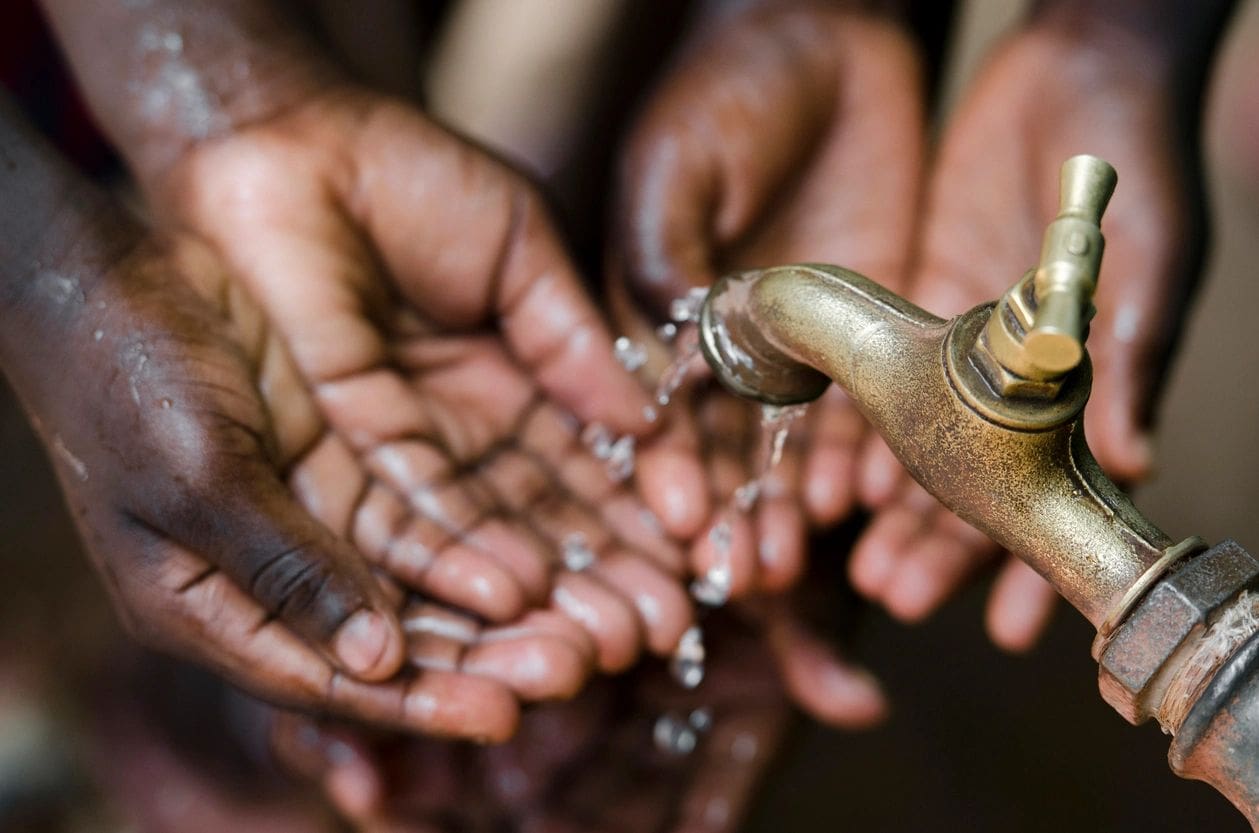
The Effects of Extreme Poverty on Children
Introduction Extreme poverty is a pervasive issue affecting millions of children worldwide, with devastating consequences on their physical, emotional, and cognitive development. This blog article, authored by Lulu Kwakye, explores the multifaceted effects of extreme poverty on children, supported by professional references and real-world examples. Understanding these impacts is crucial for devising effective interventions to mitigate the adverse outcomes and support these vulnerable children.
Physical Health Impacts
1. Malnutrition and Stunted Growth
One of the most immediate and visible effects of extreme poverty is malnutrition. Children in impoverished households often lack access to sufficient and nutritious food, leading to chronic malnutrition. According to the World Health Organization (WHO), malnutrition is responsible for nearly half of all deaths in children under five years old (WHO, 2021). Stunted growth, a direct consequence of chronic malnutrition, affects 149.2 million children globally, impairing their physical development and increasing susceptibility to infections and diseases (UNICEF, 2020).
2. Increased Mortality Rates
Children living in extreme poverty face a significantly higher risk of mortality. Lack of access to clean water, sanitation, and healthcare services contributes to high rates of preventable diseases such as diarrhea, malaria, and pneumonia. The United Nations Children’s Fund (UNICEF) reports that children from the poorest households are twice as likely to die before their fifth birthday compared to children from wealthier households (UNICEF, 2019).
Cognitive and Educational Impacts
1. Impaired Cognitive Development
Extreme poverty negatively affects children’s cognitive development due to inadequate nutrition, exposure to stressful environments, and limited access to stimulating educational resources. Studies have shown that children from impoverished backgrounds often perform poorly on cognitive tests, affecting their learning abilities and future academic achievements (Walker et al., 2011).
2. Limited Educational Opportunities
Children in extreme poverty frequently lack access to quality education due to economic barriers, such as the inability to afford school fees, uniforms, and supplies. Additionally, they may need to work to support their families, further hindering their educational attainment. UNESCO estimates that 258 million children and youth are out of school, many of whom come from impoverished backgrounds (UNESCO, 2019).
Emotional and Psychological Impacts
1. Increased Stress and Anxiety
Living in extreme poverty exposes children to constant stress and uncertainty, which can have long-lasting psychological effects. The chronic stress associated with poverty can lead to increased levels of anxiety, depression, and other mental health issues. The American Psychological Association (APA) highlights that children in poverty are more likely to experience emotional and behavioral problems due to the stressful and often traumatic conditions they face (APA, 2017).
2. Social Isolation and Stigmatization
Children in extreme poverty often experience social isolation and stigmatization, affecting their self-esteem and social development. The lack of resources and opportunities can make them feel excluded from their peers, leading to feelings of inferiority and social withdrawal. This isolation can further perpetuate the cycle of poverty by limiting their social networks and support systems (Evans & Cassells, 2014).
Real-World Examples
1. The Plight of Street Children in India
India has one of the largest populations of street children in the world, many of whom live in extreme poverty. These children face severe health risks, lack access to education, and are often subjected to exploitation and abuse. Organizations like Save the Children work tirelessly to provide support and resources to these vulnerable children, aiming to break the cycle of poverty and offer them a chance at a better future (Save the Children, 2020).
2. Syrian Refugee Crisis
The Syrian refugee crisis has displaced millions of children, thrusting them into extreme poverty. These children face dire living conditions, with limited access to basic necessities, education, and healthcare. UNICEF and other humanitarian organizations have been working to provide emergency relief, education, and psychosocial support to these children, addressing the immediate and long-term effects of their poverty and displacement (UNICEF, 2020).
Conclusion
The effects of extreme poverty on children are profound and far-reaching, impacting their physical health, cognitive development, and emotional well-being. Addressing these issues requires a multifaceted approach, including improving access to nutrition, healthcare, and education, and providing psychosocial support. By understanding and addressing the needs of children living in extreme poverty, we can work towards breaking the cycle of poverty and fostering a brighter future for these vulnerable children.
References
American Psychological Association. (2017). Effects of Poverty, Hunger, and Homelessness on Children and Youth. Retrieved from https://www.apa.org/pi/families/poverty
Evans, G. W., & Cassells, R. C. (2014). Childhood Poverty, Cumulative Risk Exposure, and Mental Health in Emerging Adults. Clinical Psychological Science, 2(3), 287-296. Save the Children. (2020). Annual Report 2020. Retrieved from https://www.savethechildren.org
UNESCO. (2019). Out-of-School Children and Youth. Retrieved from https://en.unesco.org/themes/education/Out-of-school-children
UNICEF. (2019). Levels and Trends in Child Mortality Report 2019. Retrieved from https://data.unicef.org/resources/levels-and-trends-in-child-mortality/
UNICEF. (2020). The State of the World’s Children 2020: Children, Food and Nutrition. Retrieved from https://www.unicef.org/reports/state-of-worlds-children-2020
Walker, S. P., Wachs, T. D., Grantham-McGregor, S., Black, M. M., Nelson, C. A., Huffman, S. L., … & Richter, L. (2011). Inequality in Early Childhood: Risk and Protective Factors for Early Child Development. The Lancet, 378(9799), 1325-1338. World Health Organization. (2021). Malnutrition. Retrieved from https://www.who.int/news-room/fact-sheets/detail/malnutrition
